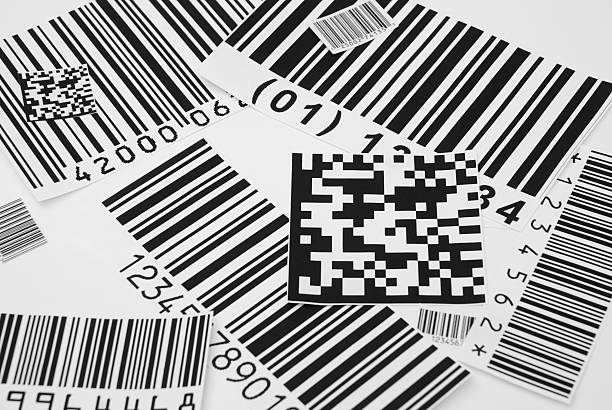2D barcodes are popular in retail and manufacturing because they store more data than 1D barcodes. They’re used for inventory, tracking, and consumer engagement. While helpful, they also have some drawbacks to consider before using them in your business.
Let’s explore the pros and cons of using a 2D barcode in retail and manufacturing.
Pros of using 2D Barcodes
A 2D barcode offers many advantages over 1D barcodes, making them popular in retail and manufacturing. Key benefits include:
Increased Data Storage
One major advantage of 2D barcodes is their capacity to hold more data than 1D barcodes. This helps businesses track and manage products better by including more info in a single barcode.
Faster and More Accurate Scanning
Traditional 1D barcodes require precise alignment with the scanner for an accurate read, which can be time-consuming and prone to errors. However, 2D barcodes offer a significant advantage as they can be scanned from any direction. This flexibility not only speeds up the scanning process but also improves accuracy, reducing the likelihood of mistakes and enhancing the efficiency of barcode search.
Versatility
2D barcodes can be added to things like product packaging, labels, and ads. This means businesses can use them for many things, like managing inventory or marketing.
Cost-Effective
In the long term, 2D barcodes offer a cost-effective solution for businesses. Their enhanced data storage and rapid scanning capabilities can streamline operations and minimize human error, ultimately saving both time and money. Tools like zxing.org make generating 2D barcodes easy and efficient.
Consumer Engagement
2D barcodes can help businesses connect with customers. By placing 2D barcodes on flyers or product packaging, businesses can guide customers to websites, social media, or online deals.
Cons of using 2D Barcodes
While there are many benefits to using 2D barcode, there are also some drawbacks that businesses should consider before implementing them. Some of the main disadvantages include:
Higher Initial Cost
The cost to generate barcodes and invest in scanning technology may be initially higher compared to traditional 1D barcodes. However, as mentioned earlier, the long-term benefits and cost savings may outweigh this initial investment.
Dependence on Technology
2D barcodes rely heavily on technology for scanning and data storage purposes. This means that if there are any technical issues or malfunctions, it can disrupt business operations and cause delays.
Limited Scanning Range
Unlike traditional 1D barcodes that can be scanned from a distance, 2D barcodes require proximity for accurate scanning. This limitation in scanning range can slow down processes and may not be suitable for certain businesses.
Potential for Counterfeits
As technology gets better, so do the tricks used by fakers. 2D barcodes can be copied easily. This means fake products can slip into the market.
Companies need to be extra careful. They should make sure their products are labeled right and are real. Taking these steps can help keep fake items out and protect buyers.
Discover the Pros and Cons of 2D Barcode with this Guide
Using a 2D barcode in retail and manufacturing has some drawbacks, but the benefits make it valuable for streamlining operations and engaging consumers. By weighing the pros and cons, businesses can decide if 2D barcodes are right for them. Happy scanning!
Is this article helpful? Keep reading our blog for more.




